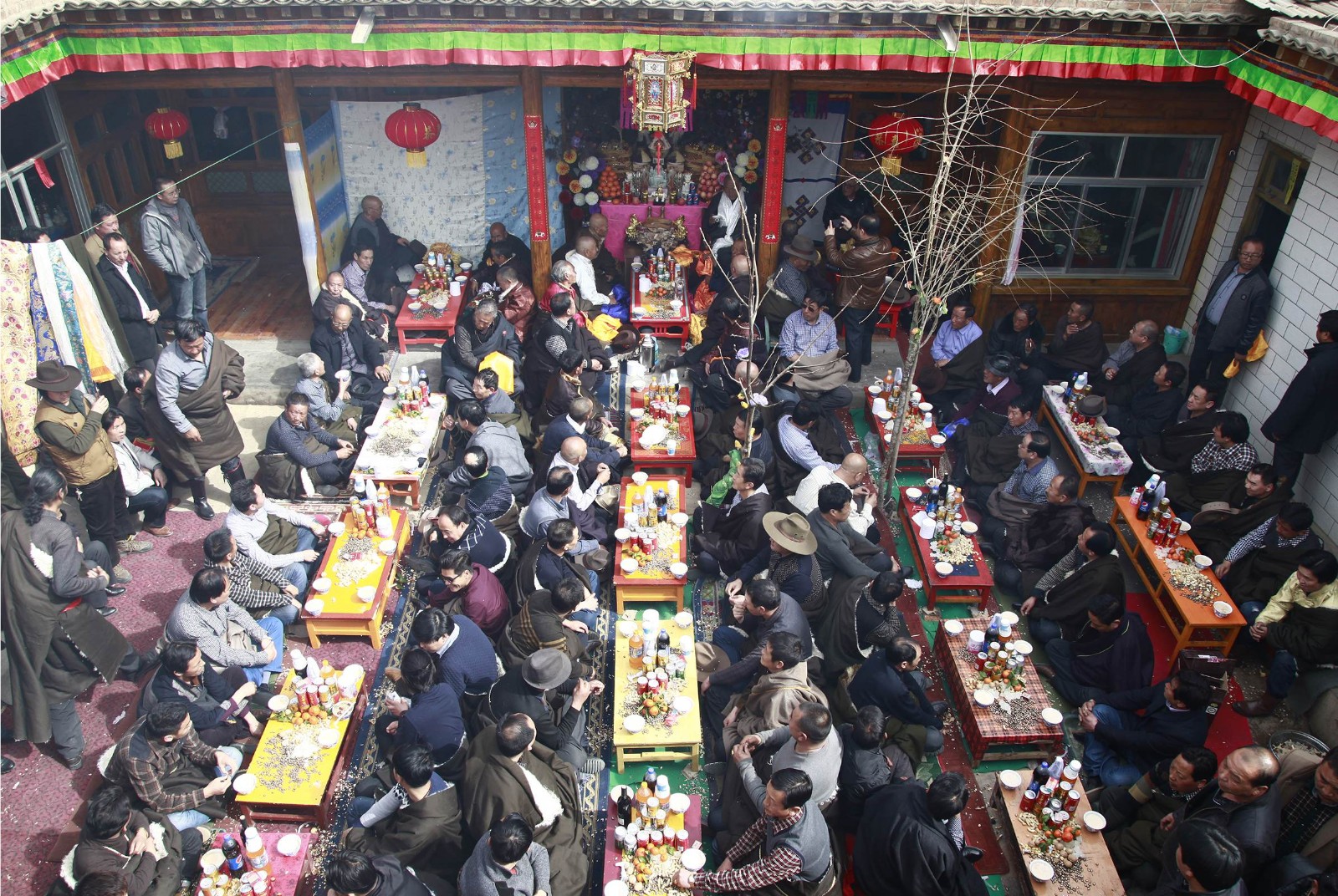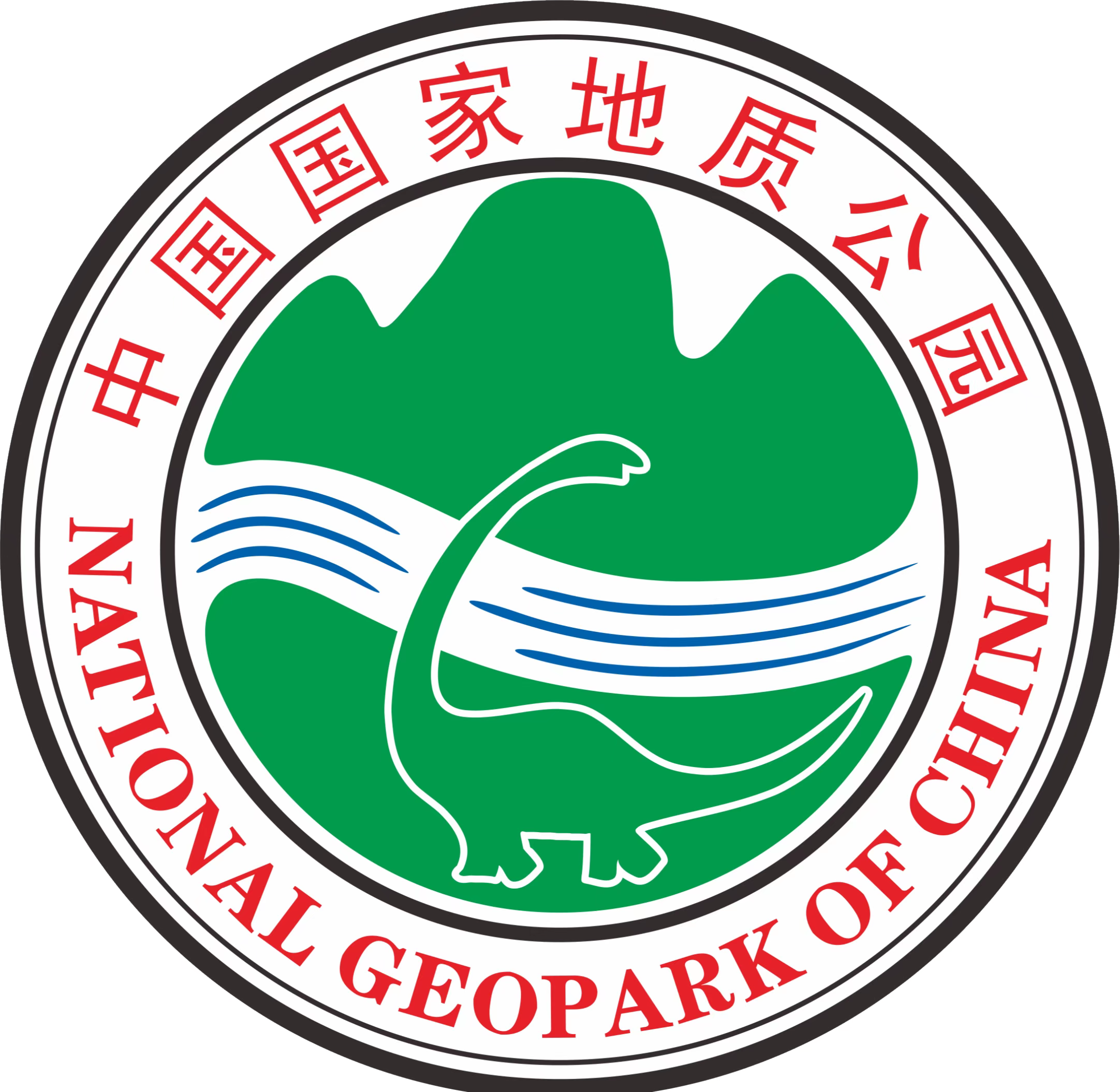The Tibetan language for the Tongren region is called Regong. Regong New Year customs are held at the same time as the Spring Festival, a traditional festival of the Chinese nation, and the main contents include cleaning, eating "Gutu", printing and pasting statues, paying homage to the New Year, visiting the parental home, dancing the "Lashize" dance, drinking New Year's tea, participating in Buddha tanning, Buddha transfer, and Vajra dance Buddhist activities. The main process is before the New Year, the whole family clean on the auspicious day, and its intention is to sweep away all the bad luck. There is also a ritual of burning and frying steamed buns, planting new prayer flags on the roof, and painting auspicious patterns in front of doors, beams, and kitchens with white powder. And according to tradition, when the sun sets, the sewage stolen goods are dumped to the west, indicating that everything unlucky disappears with the sunset.
On the night of the 29th, the family ate "Gutu", which was the same as the Han eating Chinese New Year's Eve dinner, expressing people's blessings and hopes for the New Year. According to the folklore, Chinese New Year's Eve dinner should be eaten more often, because the king of hell will come to weigh everyone and give the blessings of the New Year. In addition, there are ghee and tsampa piled up into "Xiema". Make a sun and moon decoration with ghee and wish you a good luck in the coming year. Exorcism activities in the monastery symbolize the elimination of the old and the establishment of the new, eliminating disasters and avoiding disasters.
In the early morning of the first day of the first year, they burn incense, blows conchs, and sets off firecrackers. After that, people sit down in the order of elder and young, old and young, male and female, and congratulate each other, children worship their parents, and younger generations worship their elders. After the meal, go to the village temple to burn incense and pray for the New Year, and then pay New Year greetings to the elderly and relatives in the village, and to the families of people who cannot celebrate the New Year (such as those whose relatives have died). Greet each other when meeting. On the first day of the new year, it is forbidden to sweep the floor, carry water, say unlucky things, and beat and scold children.
The third day is considered the most auspicious day. In the past, ceremonies such as marriage, shaving of fetal hair, and birthday celebrations of the elderly were willing to be carried out on this day. Now, between the first and tenth day, rituals are performed in order of the time of birth of boys. On the third day, the girl who gets married must return to her mother's house for reunion, and then return to her in-law's house on the fifth day. From the third to the ninth day, there is a folk dance of "Lashize" in Zhamao Township and Qukuhu Township. During the festival, relatives, friends, and mutual invitations are made, singing and dancing, and people enjoy the joy of the festival and indulge in the sea of song and dance.
From the eleventh day to the sixteenth day, the main temples held various religious activities, people dressed in festive costumes, went to the temples in various villages to worship buddha and incense, participated in the Maolan Festival, and watched a series of religious activities such as the Great Buddha and the Qiangmu.
During the New Year Festival, relatives and friends invite each other to be guests, drink New Year's tea, drink and eat meat, sing and dance, and people enjoy the joy of the festival. The Rebgong Tibetans, who live in agricultural areas, also have the custom of sticking door links, door gods, and paper stickers for the New Year, which is influenced by the Han people's New Year customs. Rebgong New Year customs is an ancient and traditional folk activity in Rebgong area, which comprehensively, completely and vividly reflects the profound local traditional culture, and has great national characteristics and local characteristics.
On September 16, 2009, Rebgong was announced by the Qinghai Provincial Government to be included in the "Third List of National Intangible Cultural Heritage".




